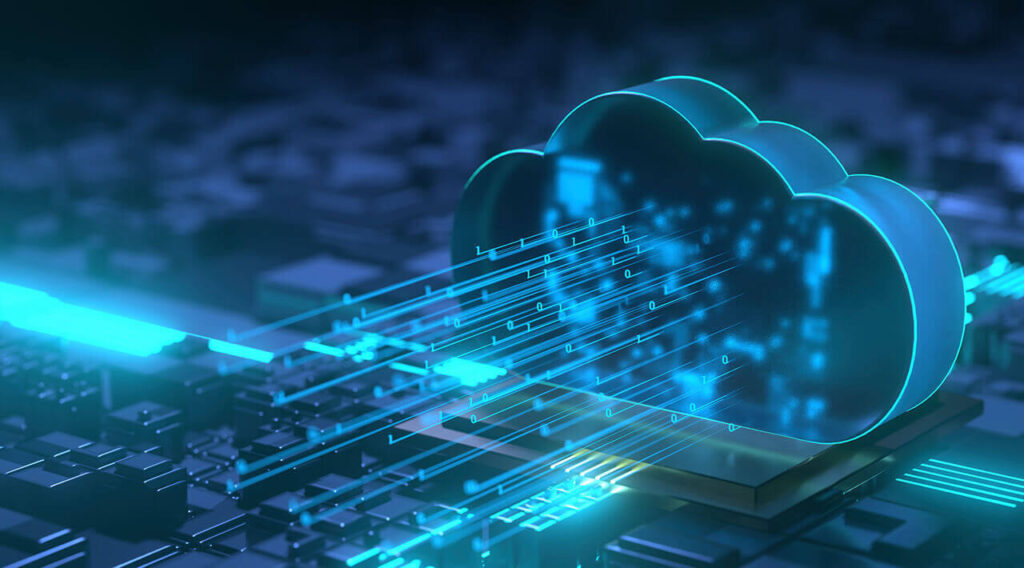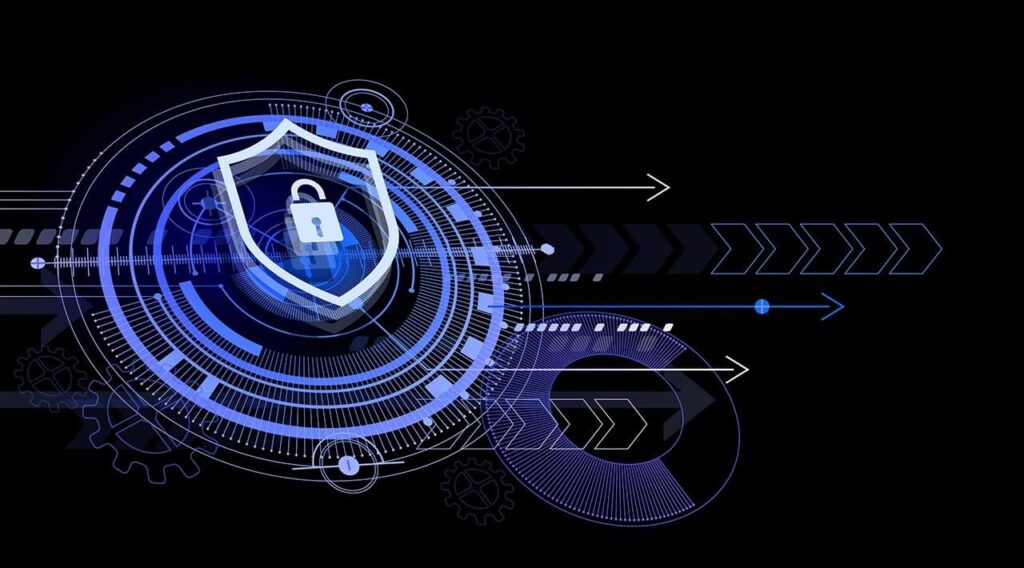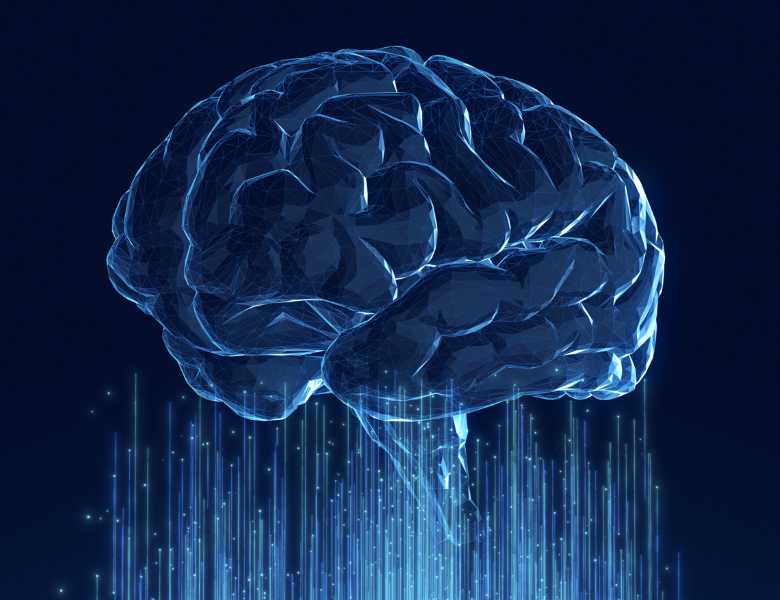Trends for corporate IT
If you are a Director, CIO, CTO, manager, or professional in any way related to the broad spectrum of Information and Communication Technologies, this article, trends for corporate IT, is for you! ✍️
Let’s get straight to the point. What can we expect in terms of IT and Business next year?
Gartner shares its view on what should be the imperative trends in corporate technology next year.
10 trends for corporate IT
1) AI Trust, Risk, and Security Management (AI TRiSM)
The democratization of Generative Artificial Intelligence (AI) could create potential security threats for companies and users.
By 2026, organizations that apply AI TRiSM controls will increase the accuracy of their decision-making, eliminating up to 80% of incorrect and invalid information.
2) Continuous Threat Exposure Management (CTEM)
CTEM allows organizations to evaluate in a continuous and coherent manner, the accessibility, exposure, and potential of a company’s digital and physical assets.
The objective is to align CTEM’s scope of evaluation and remediation with potential threats or commercial projects, so that organizations can meet the challenges involved in a massive exploitation of available technological resources.
3) Sustainable technology
The intense use of technological innovations such as AI, cryptocurrencies, the Internet of Things (IoT), and the Cloud generates environmental impacts, one of which is caused by their energy consumption.
Today, the Technology Industry is under strict sustainability requirements, so it is critical to ensure that IT is used more efficiently, in accordance with the Environmental, Social and Governance Criteria (ESG), increasingly prioritized by investors and societies around the planet.
4) Platform Engineering
The purpose of Platform Engineering is to improve productivity and user experience, increasing the delivery of value to organizations. It’s designed to respond to users’ needs by managing processes and tools.
5) AI-assisted Development
This refers to the use of AI, Generative AI, and Machine Learning to design, codify and test new applications.
Last trends for corporate IT
6) Industrial Cloud Platforms
By 2027, Gartner estimates that more than 70% of companies will use Industrial Cloud Platforms (ICP) to streamline their business initiatives, compared to less than 15% in 2023.
7) Intelligent Applications
These will be used to increase the efficiency of or automate tasks, promoting cost and resource efficiency in operations.
8) Generative AI democratized
Cloud Computing and Open Source are democratizing the use of Generative AI by making it more accessible to the workforce.
By 2026, Gartner estimates that more than 80% of companies will have used Generative AI APIs and models and/or implemented Generative AI-enabled applications in production environments, compared to less than 5% at the beginning of 2023.
9) Augmented Connected Workforce
This is a strategy to optimize the value obtained from human workers.
It uses intelligent applications and workforce analytics to provide daily context and guidance to support workers’ experience, well-being and ability to develop their own skills.
It also drives business results and positive impact for key stakeholders.
10) Machine Customers
Also known as Custobots, these are non-human economic actors that negotiate and acquire goods and services autonomously in exchange for payment.
By 2028, there will be 15 billion connected products with the potential to behave like customers, and billions more in the coming years.
This growth trend will generate billions of dollars in revenue by 2030 and is estimated to have an even greater impact than the adoption of e-commerce.
Trends for corporate IT. Source: https://www.gartner.es/es/articulos/las-10-principales-tendencias-tecnologicas-estrategicas-de-gartner-para-2024
Cirion Technologies leading digital infrastructure and technology provider, offering a comprehensive suite of fiber network, connectivity, colocation, cloud infrastructure, and communication and collaboration solutions with the purpose of furthering Latin America’s progress through technology.










